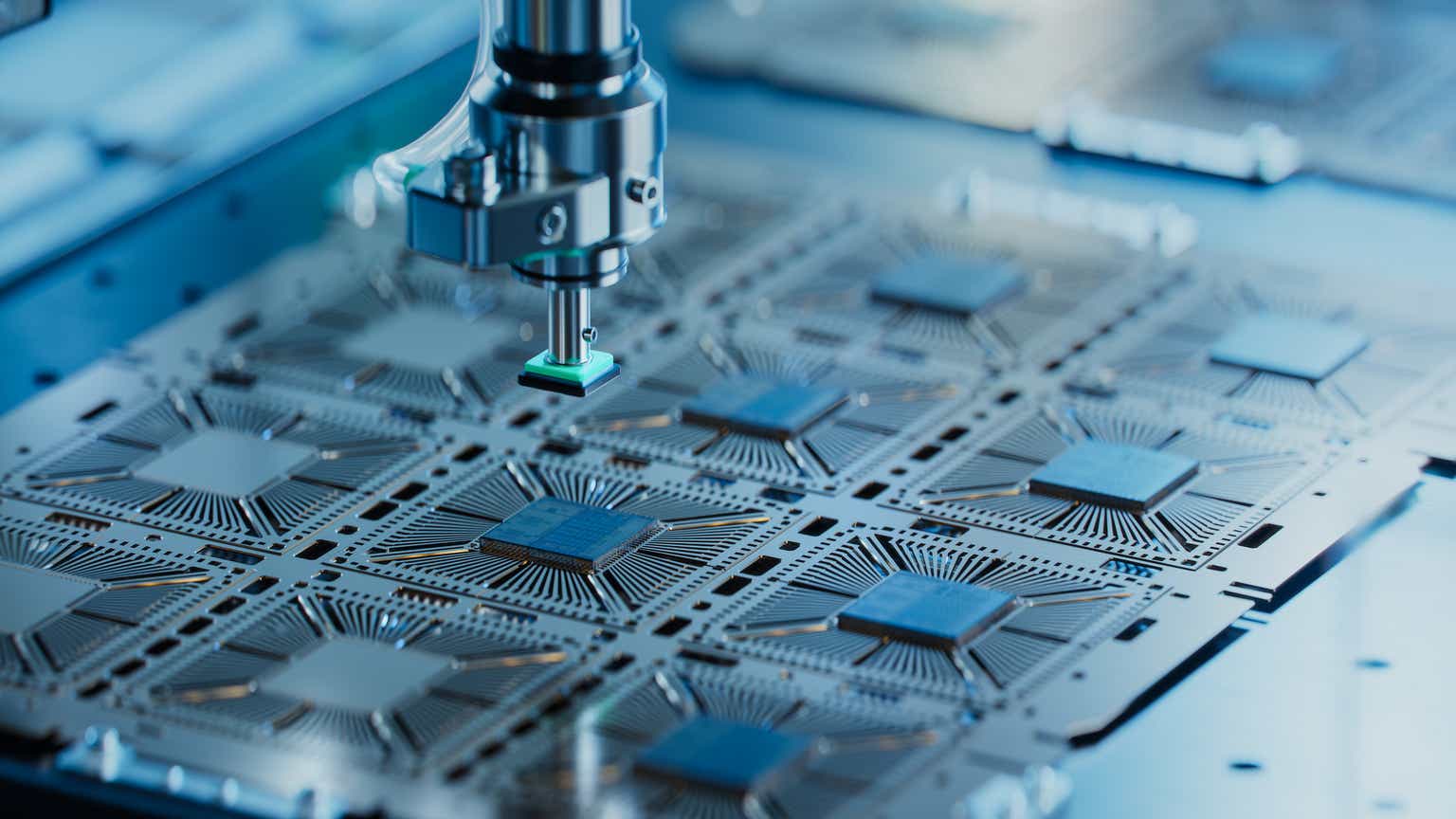Unlocking the Secrets of Microscopic Impacts: New Laser Tech Reveals Particle Behaviour Like Never Before

Singapore - Scientists at Trinity College Dublin's School of Engineering have achieved a breakthrough in materials science, unveiling a cutting-edge machine capable of observing the behaviour of minuscule particles impacting surfaces at astonishing speeds. This technology, leveraging the power of laser acceleration, allows researchers to witness events previously hidden from view, opening up exciting new avenues for understanding and manipulating materials at the micro and nanoscale.
The Challenge of the Invisible
For decades, studying the impact of tiny particles—smaller than a grain of sand—has been a significant challenge. The sheer speed and scale of these events make them incredibly difficult to capture and analyze using traditional methods. Conventional high-speed cameras struggle to keep up, and the resulting data often lacks the necessary detail to fully understand what’s happening.
Laser Acceleration: A Game Changer
This new machine overcomes these limitations by employing laser acceleration technology. Essentially, it uses intense, focused laser pulses to propel particles to incredibly high velocities. The resulting impacts are then meticulously tracked and recorded, providing researchers with unprecedented insights into the particle's behaviour. The team specifically designed the system to handle a wide range of particle sizes and impact velocities, making it a versatile tool for diverse research applications.
What Can We See?
The ability to observe these microscopic impacts has profound implications across various fields. Researchers can now study:
- Material Deformation: How materials deform and fracture under high-speed particle bombardment, crucial for designing more durable coatings and protective layers.
- Particle Fragmentation: The process of particle breakup upon impact, relevant to industries like pharmaceuticals (understanding drug delivery) and manufacturing (optimizing abrasive processes).
- Surface Interactions: The complex interplay between particles and surfaces, vital for developing advanced adhesives and understanding friction at the nanoscale.
Future Applications & Potential Impact
The potential applications of this technology extend far beyond fundamental research. It could revolutionize fields such as:
- Aerospace Engineering: Designing spacecraft and aircraft that can withstand micrometeoroid impacts.
- Automotive Industry: Improving the durability of vehicle coatings and paints.
- Electronics Manufacturing: Understanding and mitigating damage caused by dust particles during semiconductor fabrication.
- Healthcare: Developing more effective drug delivery systems and understanding the impact of nanoparticles on biological tissues.
“This is a truly exciting development,” says [Quote from a researcher involved in the project - *insert name and title here if available*]. “By ‘seeing the unseen,’ we can unlock a deeper understanding of materials behaviour and pave the way for groundbreaking innovations.”
The research team is now focused on refining the technology and expanding its capabilities, with plans to explore even more complex scenarios and particle interactions. This advancement promises to reshape our understanding of the microscopic world and drive progress across a wide range of industries.






